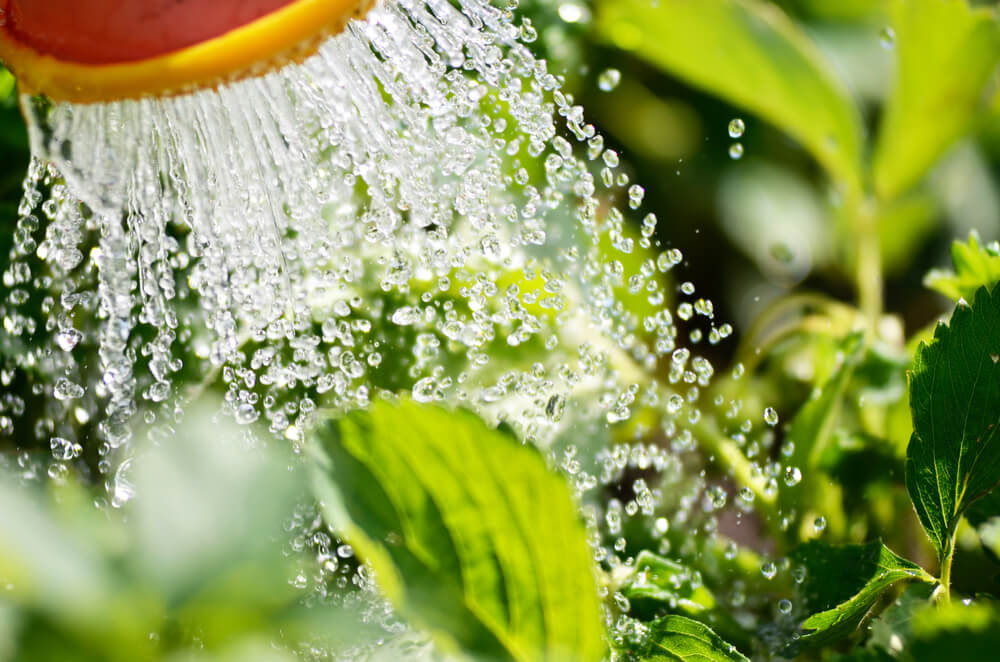Summer is the time of the year when the plants get the appreciation they deserve. As we spend a lot more time outside in the garden enjoying the weather, the true beauty of your plants come to life and all that hard gardening work suddenly pays off.
When you look a little closer you may start to notice leaves becoming discoloured and soil looking a little dry. Why you may ask? Well, the warm weather can harm your plants if they are not properly looked after.
There is no need to rush to the watering can and start drenching them through. Take the time and understand what your plants really need. In this blog post, we will be offering you some professional advice to help ensure healthy and sustainable growth during these summer months.
Water Plants Frequently
Watering your plants little and often is a great way to give them the hydration they need to survive. Plants can be very resistant to the heat and even when they look their absolute worst, a splash of water can bring them back to life. To prevent them from getting to this point make sure you water them every couple of hours. In the middle of a heatwave, you can water your plants up to 3 times within a single day, just make sure you keep an eye on the soil, if it looks damp you should skip this round watering
Don’t Use Fertilizer All The Time
There is a time and place for fertilizer when it comes to maintaining healthy plants. In many cases fertilizer can be amazing within the summer, giving the plants the nutrients they need to continue growing tall and strong. With this being said there are also situations where we advise that you avoid using fertiliser.
A prime example of a day when fertiliser shouldn’t be used is when the sun is shining bright, the temperature is above 23 degrees and there are no clouds in sight. These are the days when the sun is at its strongest and plants are the most vulnerable. Adding extra nutrients to the soil will stress the plant out further, therefore putting it at more risk. On days like these, keep watering and wait for the weather to cool down before introducing fertilizer.
Consider The Layout of Your Garden
In most cases, there will be areas of the garden which get more exposure to the sun than others. This can work in your favour during the summer months, allowing you to protect younger and more vulnerable plants from the direct heat. Why not move your vulnerable plants into an area of the garden which receives sunlight in the evening? This is the time of day when the temperature drops off making it perfect for those younger plants to get the sun they need without having to deal with the worst of the haet.
Keep A Close Eye On Plant Health
With every summer that passes by you gain more gardening experience. You may already have a couple of tips and tricks up your sleeve for these warmer months. The most important piece of advice we can give you is to keep and close eye on your plants and try to spot the signs early. From there you can treat the plant accordingly and monitor the results. If you find a solution that works for you, take a mental note and apply this to your other plants showing the same signs.

Kian has a passion for unique home improvements content that inspires homeowners to take on their own DIY projects.

